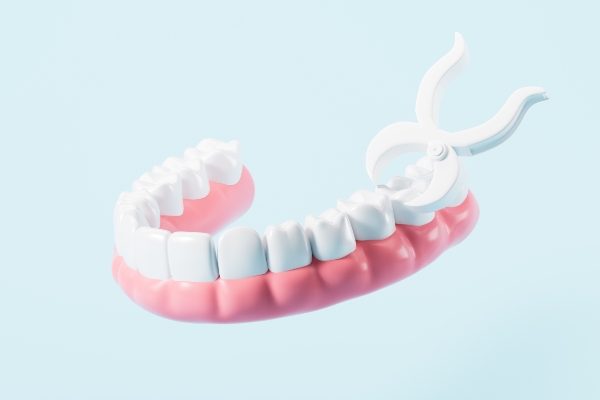 Invisalign® aligners are a popular alternative to conventional metal braces. Although Invisalign offers more comfort than metal braces, it is impossible to eliminate the chances of mild pain or discomfort. The risk of discomfort seems to be highest during the first week of wearing invisible teeth aligners.
Invisalign® aligners are a popular alternative to conventional metal braces. Although Invisalign offers more comfort than metal braces, it is impossible to eliminate the chances of mild pain or discomfort. The risk of discomfort seems to be highest during the first week of wearing invisible teeth aligners.
A person’s pain tolerance also determines the degree of pain they may experience with Invisalign. Some people might not even experience any discomfort. However, if Invisalign pain persists for more than a week after beginning aligner use, it may be a sign of a more severe problem that requires the dentist’s attention. Continue reading to learn more about discomfort with Invisalign.
Invisalign and discomfort
Since Invisalign is intended to progressively correct dental alignment, it may cause minor discomfort initially. However, any pain or discomfort experienced with Invisalign is usually very mild and transitory and often occurs in the first week of wearing the new aligners. Patients typically get used to the aligner trays within the first week.
One of the most common Invisalign concerns is pain while eating, which does not happen to everyone. However, patients with any of the following conditions may be more prone to suffer discomfort with dental aligners: reduced pain tolerance, sensitive teeth, gingivitis, sensitive gums, and a troubling tooth.
Patients may also experience momentary discomfort with only one tooth. This is generally a sign that the aligners are working to move the teeth into place gently. The pain may reoccur with each aligner tray replacement, but any discomfort should subside within a few days.
How long does Invisalign pain last?
Many patients who experience discomfort with Invisalign often notice that symptoms only persisted two to three days after the new aligners were installed. Since patients need to switch to new trays every two weeks, minor pain and discomfort may occur during the initial few days of each cycle. However, as they get used to wearing the aligners, these symptoms may become less noticeable.
For the most part, wearing Invisalign results in mild pain, which patients eventually grow accustomed to and forget about. It may, however, be very unpleasant and painful for individuals with a low pain threshold. Although Invisalign treatment is unpleasant, it is less painful than metal braces, and the discomfort diminishes as the teeth adapt to wearing the aligners.
When it comes to Invisalign, the pressure of the Invisalign aligners on the teeth causes pain. The aligner edges can also irritate the gums and soft tissues. The mouth will adapt to the sensation of wearing Invisalign during the first few weeks. The dentist can adjust any sharp edges of the Invisalign aligners so patients can feel comfortable wearing them.
The bottom line
Invisalign is not a fully painless orthodontic procedure. The primary goal of using the aligners is to move your teeth into a more straight and healthy position. With the aligners, slight pressure is applied to your teeth to shift them. Putting pressure on the teeth typically causes discomfort. This may persist in the days after wearing a new set of Invisalign aligners, but it will gradually subside.
Request an appointment or call Pampered Smiles at 404-891-9489 for an appointment in our Atlanta office.
Recent Posts
Invisalign® is a discreet teeth-straightening method. Research shows that many people prefer this method to traditional braces. The clear aligners offer a more comfortable way to align teeth. Knowing when to choose Invisalign can help you prepare for your upcoming appointments.The metal wires and brackets of traditional braces can cause scrapes and holes in the…
One of the most common orthodontic treatments that a general dentist offers is Invisalign®. This popular way to straighten crooked or crowded teeth offers individuals flexibility and ease while undergoing a discreet method of treatment. With Invisalign®, there are a lot of things to know, as it is a newer orthodontic treatment with a totally different technology…
Invisalign® gives you a straighter smile without the inconveniences of conventional braces. Read on to learn about Invisalign and how often you can expect new aligners during treatment. Invisalign patients see their dentist once every six weeks on average during treatment. These brief office visits allow the dental professional to check that your treatment is…


